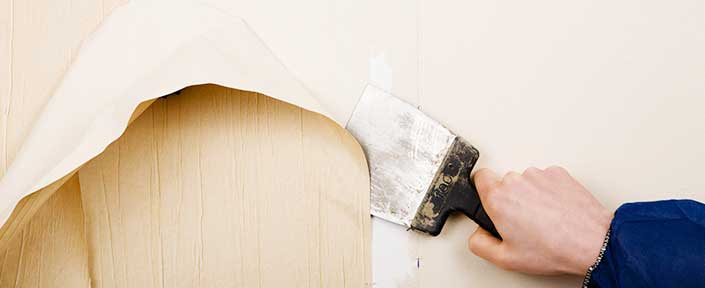
How to Prepare Your House for an Interior Paint Job
Ask any professional painter and he or she will quickly tell you – preparing your house for an interior paint job is paramount to the successful application and end result of the process.
When you hire professional painters, you can rely on them to properly prepare and ready surfaces for painting. In fact, most professional painters require that they do the prep work because it’s such a critical step.
However, many people prefer to tackle home painting jobs on their own, and if you fall into this camp, here are several considerations that should be taken with preparing your house for an interior paint job.
-
Problematic areas.
Your first step should be identifying problematic areas and determining what remediation is necessary. Take note of popped nails, chips, cracks, water stains, mold or mildew, as well as general dinginess, wear and tear.
-
Make one correction at a time.
If you found several backed out, popped nails while identifying problematic areas, tackle that one line item on your list. Ensure you have the proper tools and know how to adequately correct the problem.
Preparing your house for an interior paint job can be daunting, especially if you’re doing multiple rooms, so compartmentalizing your list helps keep it manageable.
-
Scrubbing, spackling and sanding.
These are critical steps to take when preparing your home for interior painting. Stains, dust, plus mold and mildew in moisture-prone areas must be thoroughly cleaned away.
Holes in drywall, both small and large, must be filled, and sanding should be precise. Clean, smooth and consistent surfaces are necessary to ensure a successful paint job.
-
Taping.
If you’re hiring a professional painter, you can leave taping to the experts. If doing it yourself – and you’re not adept at cutting in around trim, corners, windows and doors – you’ll need to use tape to guarantee clean, neat paint application.
These are just a few of the steps necessary to prepare your house for an interior painting job. Selecting the right paint type and color; covering furniture, flooring and fixtures; as well as being prepared for common problems are all important measures to take when readying your space for a few coat of paint.
If you’re not an adept painter, and because proper preparation is so important to the outcome of the project, it’s recommended first-timers and those unfamiliar with the painting process at least consult a professional before beginning.


